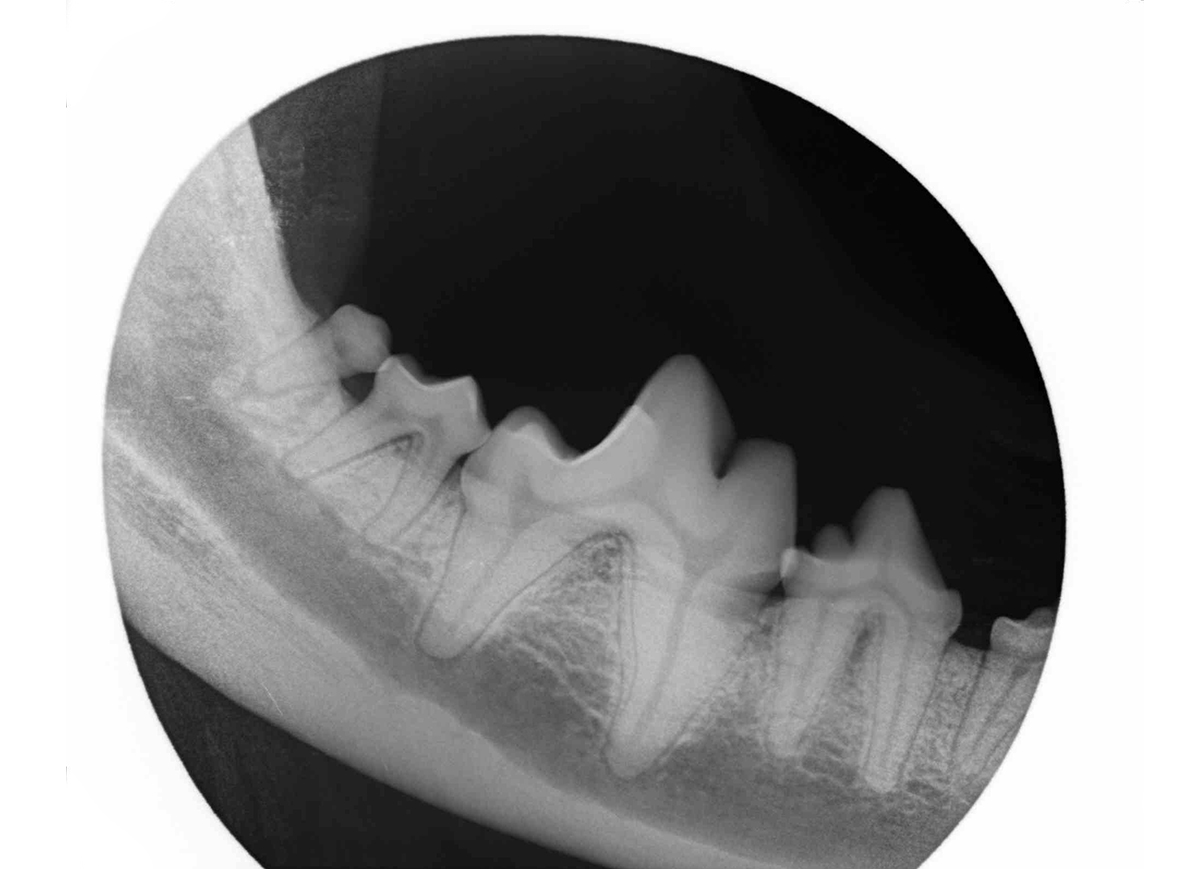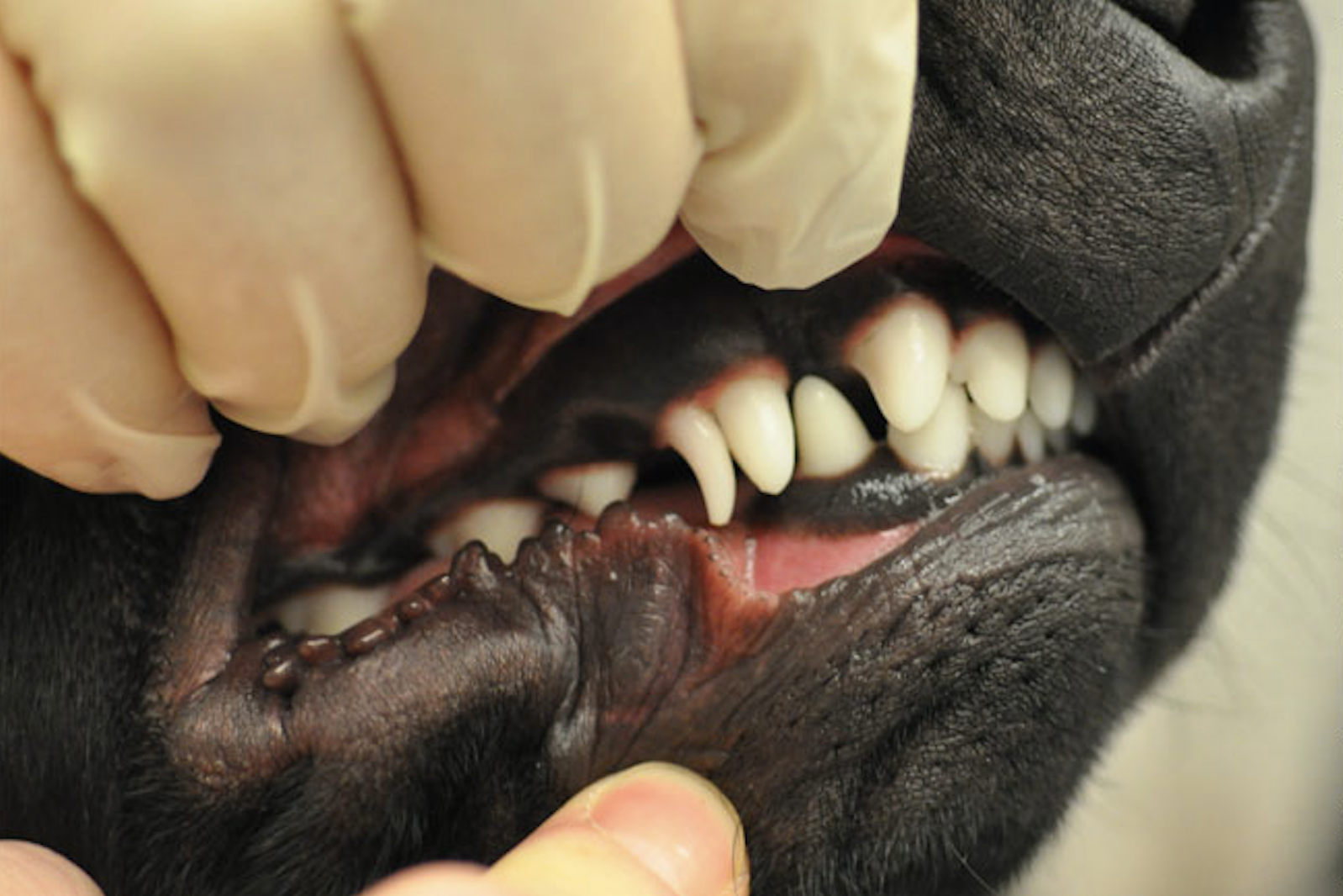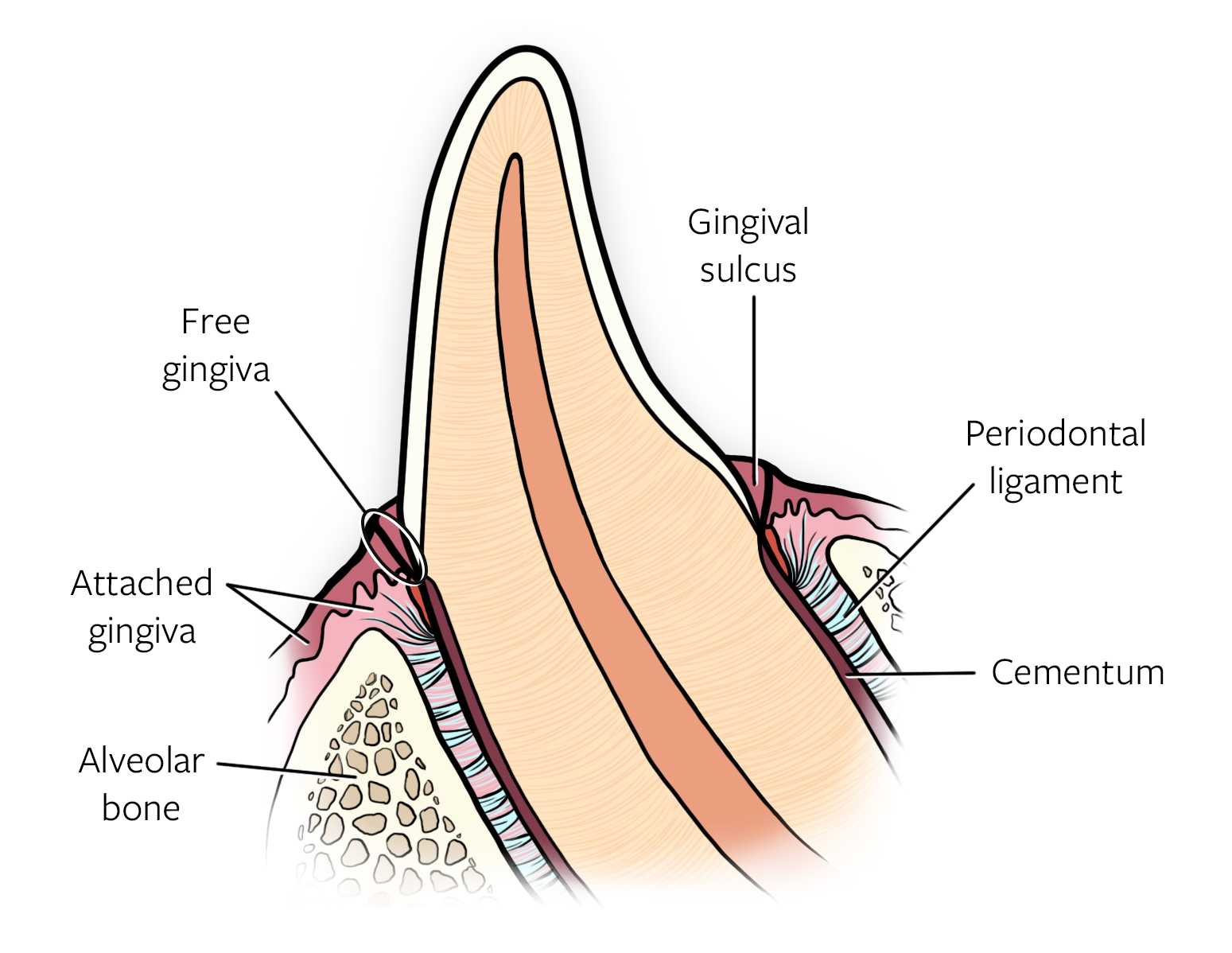Project Overview
This ongoing project seeks to create a comprehensive dentistry course that concentrates on the practical aspects of diagnostics and procedures performed in general clinical practice. The course, created by Drs. Nadine Fiani and Santiago Peralta, is completely online and utilizes a combination of live-animal video, animations, models and interactive puzzles to illustrate and clearly demonstrate principles and skills. Throughout the module, participants can complete knowledge-check questions to assess their progress and reinforce what they have learned.
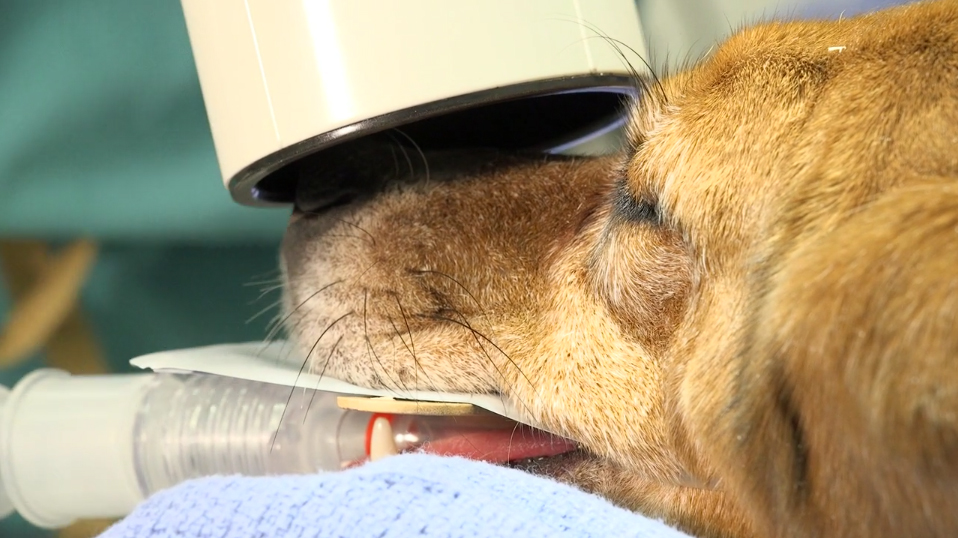
The Dentistry and Oral Surgery Practical Skills Course is divided into four modules:
1) Intraoral Radiology in the Dog:
The module takes an in-depth look at the benefits of intraoral radiography, radiographic equipment, and normal radiographic anatomy. The module continues with the principles of intraoral radiology, methods for obtaining high-quality radiographs and troubleshooting common mistakes. The participant is then carefully guided through a systematic approach to interpreting full-mouth radiographic series in the clinical setting. The module culminates with a series of routine full-mouth radiographs that the clinician/student can interpret on their own.
2) Oral Examination:
This module concentrates on the importance and value of a careful and systematic oral examination in both the cat and dog. The module is divided into two components. The first is the conscious oral examination, performed during the initial patient assessment. The participant/student/clinician is given the opportunity to re-visit relevant anatomy in the context of common oral diseases. The second component is the detailed oral examination and periodontal charting performed under general anesthesia. Practical information regarding patient positioning, clinician preparation, and armamentarium is provided. The use of a dental chart to record information and generate an appropriate treatment plan is described in an easy and practical step-by-step manner.
3) Periodontal Treatment:
Periodontal treatment involves comprehensively scaling supra and subgingivally all teeth. Properly performed periodontal treatment requires a basic understanding of the etiopathogenesis of periodontal disease as well as its clinical and radiographic manifestations; and familiarity with specialized instrumentation, materials and power equipment. This module reviews the technical aspects of periodontal treatment in the context of the etiopathogenic mechanisms involved. It also discusses practical aspects such as patient preparation, rational use of systemic and local antimicrobials, and clinician preparation.
4) Dental Extractions:
Dental extractions are the most commonly performed oral surgical procedure in small animals. This module comprehensively covers the various aspects of dental extractions including surgical anatomy and indications. Patient preparation, regional anesthesia and postoperative care are also reviewed. Specialized oral surgical instruments and equipment are described. Step-by-step videos and diagrams of dental extraction technique are provided for various teeth in both cats and dogs. Commonly encountered intraoperative complications are discussed; recommendations on how to minimize or prevent complications are included.
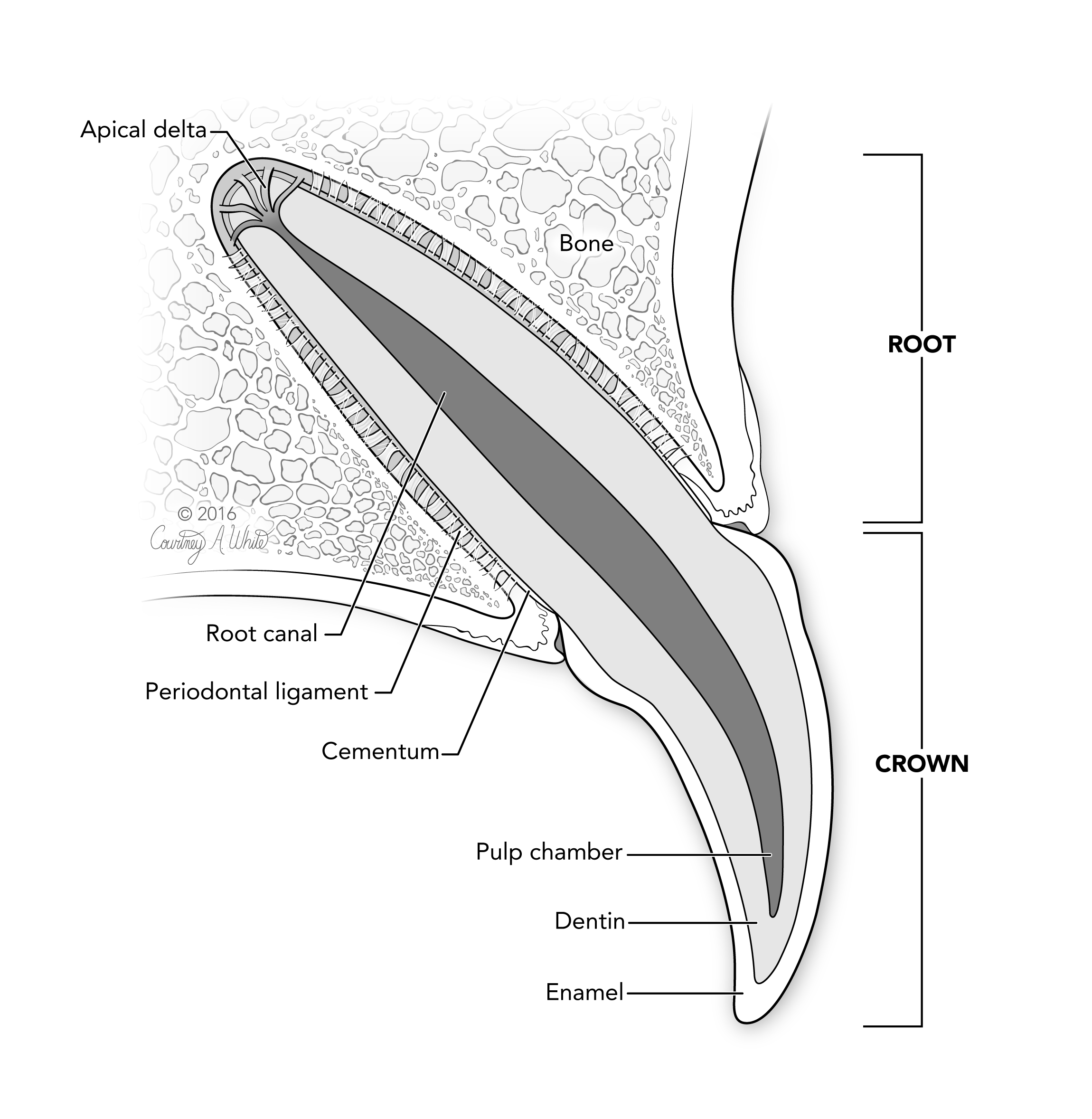
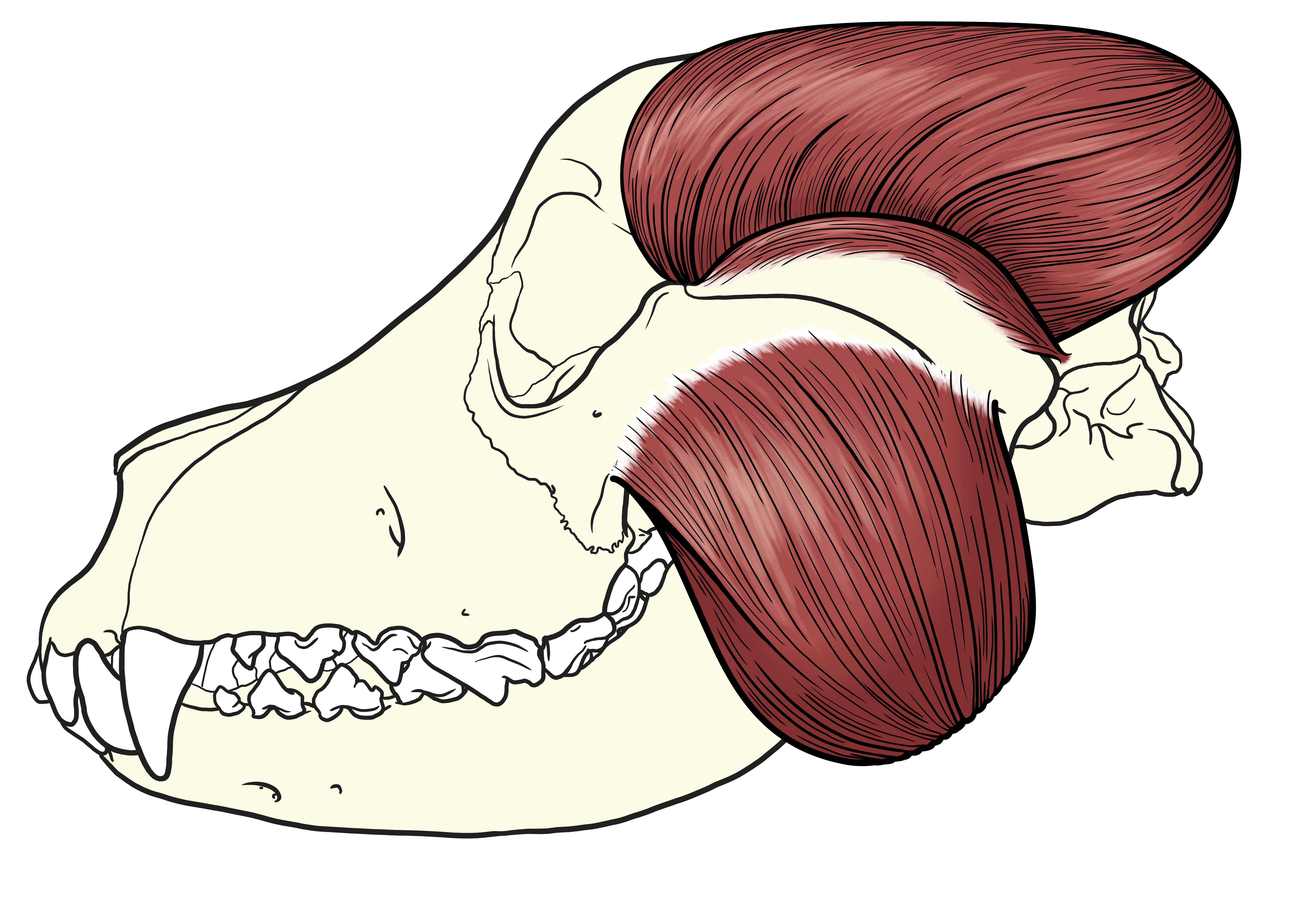
Faculty Vision
Our vision for this course was to provide all students with opportunity to gain important and clinically relevant practical skills to complement the theoretical knowledge provide during core lectures.
There are many continuing education dentistry courses available. Most of them are either theoretical in nature or conducted in a cadaver-based wet-lab format. The Cornell Veterinary Dentistry Practical Skills Course is intended to allow the clinician to review important practical skills and information in a logical and interactive manner at their own pace. The knowledge gained can then be immediately implemented in the clinical setting.



